In our fast-paced lives, bringing a bit of greenery indoors does more than just decorate a space—it improves air quality, boosts mood, and contributes to overall wellness. With the growing concerns about indoor pollution and rising stress levels, easy-to-grow plants that clean the air and enhance home aesthetics have become a natural solution.
This article explores some of the best low-maintenance plants that act as natural air purifiers while adding lush beauty to your home or office. Whether you’re a seasoned plant parent or a complete beginner, these green companions are easy to nurture and rewarding to own.
Why Choose Air-Purifying Indoor Plants?
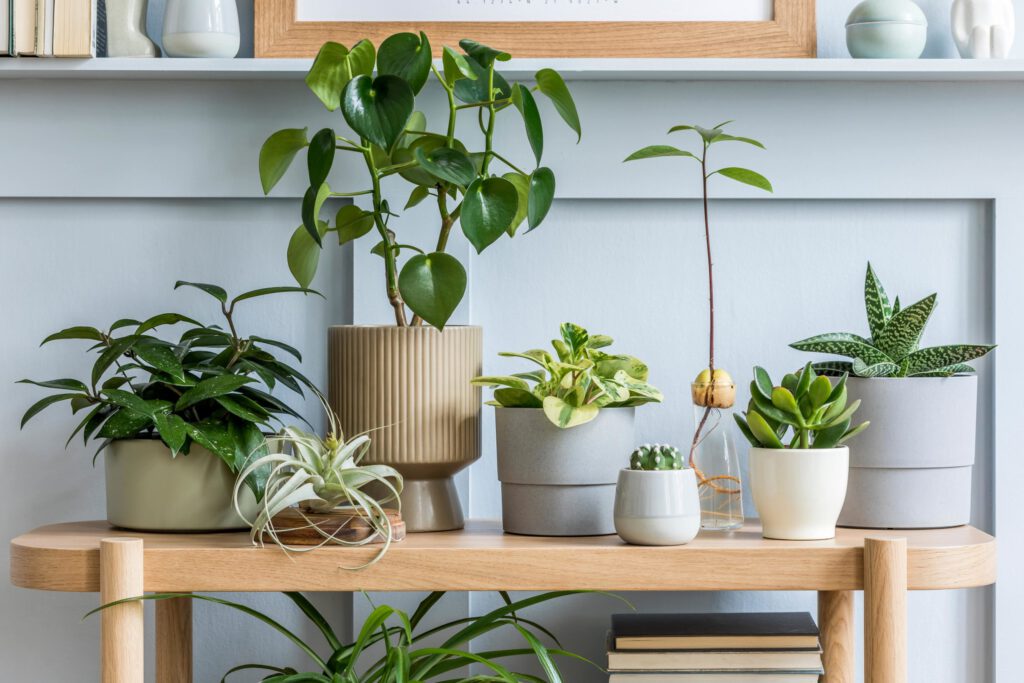
Before we dive into the list, it’s important to understand why these plants matter:
- Air Purification: Many common houseplants absorb toxins like formaldehyde, benzene, carbon monoxide, and xylene—substances often found in cleaning agents, paints, furniture, and household products.
- Aesthetic Value: These plants enhance interior design by adding vibrancy and texture.
- Stress Reduction: Studies show that greenery can reduce stress, enhance mood, and improve concentration.
- Low Maintenance: Most of these plants require minimal care—perfect for busy individuals or those without gardening experience.
Top Easy-to-Grow Air-Purifying Plants That Beautify Your Space
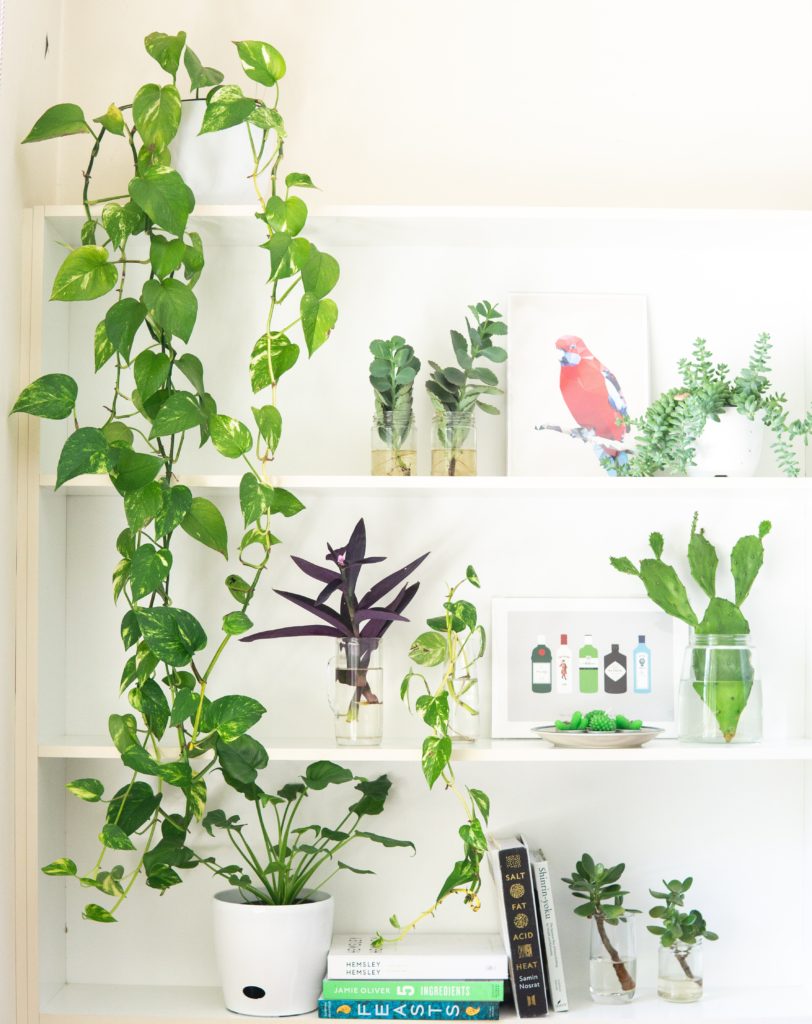
1. Snake Plant (Sansevieria trifasciata)
Why it’s great: Known for its architectural look and extreme toughness, the snake plant is one of the best natural air purifiers. It releases oxygen at night, making it ideal for bedrooms.
- Light: Tolerates low to bright indirect light.
- Water: Every 2–3 weeks; allow soil to dry out completely.
- Bonus: Removes formaldehyde and benzene from the air.
2. Peace Lily (Spathiphyllum)
Why it’s great: Elegant white blooms paired with lush green leaves make the peace lily a favorite. It’s known to remove mold spores and VOCs (volatile organic compounds) from the air.
- Light: Prefers low to medium, indirect light.
- Water: Weekly; keep soil moist but not soggy.
- Bonus: Adds a calming ambiance to any room.
3. Spider Plant (Chlorophytum comosum)
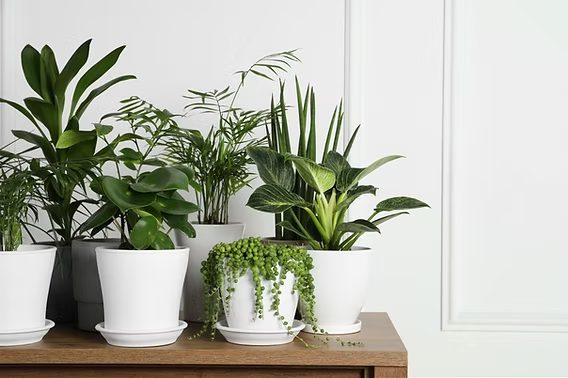
Why it’s great: This classic plant is nearly impossible to kill. It thrives in various conditions and quickly produces baby plantlets that you can propagate.
- Light: Bright, indirect light preferred but tolerant of low light.
- Water: Water when top inch of soil is dry.
- Bonus: Removes carbon monoxide and xylene effectively.
4. Aloe Vera
Why it’s great: Aloe is not only a healing succulent (great for burns and cuts) but also a powerful air-cleaning plant.
- Light: Needs bright, indirect light or some direct sunlight.
- Water: Allow soil to completely dry between waterings.
- Bonus: Natural healer and detoxifier.
5. Areca Palm (Dypsis lutescens)
Why it’s great: This tropical beauty acts as a natural humidifier and is pet-friendly too.
- Light: Bright, filtered light.
- Water: Keep the soil slightly moist.
- Bonus: Great for large rooms and open spaces.
6. Pothos (Epipremnum aureum)
Why it’s great: Also called Devil’s Ivy, this trailing plant adapts well to a variety of environments and grows quickly.
- Light: Low to bright, indirect light.
- Water: Water when soil dries out.
- Bonus: Filters formaldehyde and carbon monoxide.
7. Rubber Plant (Ficus elastica)
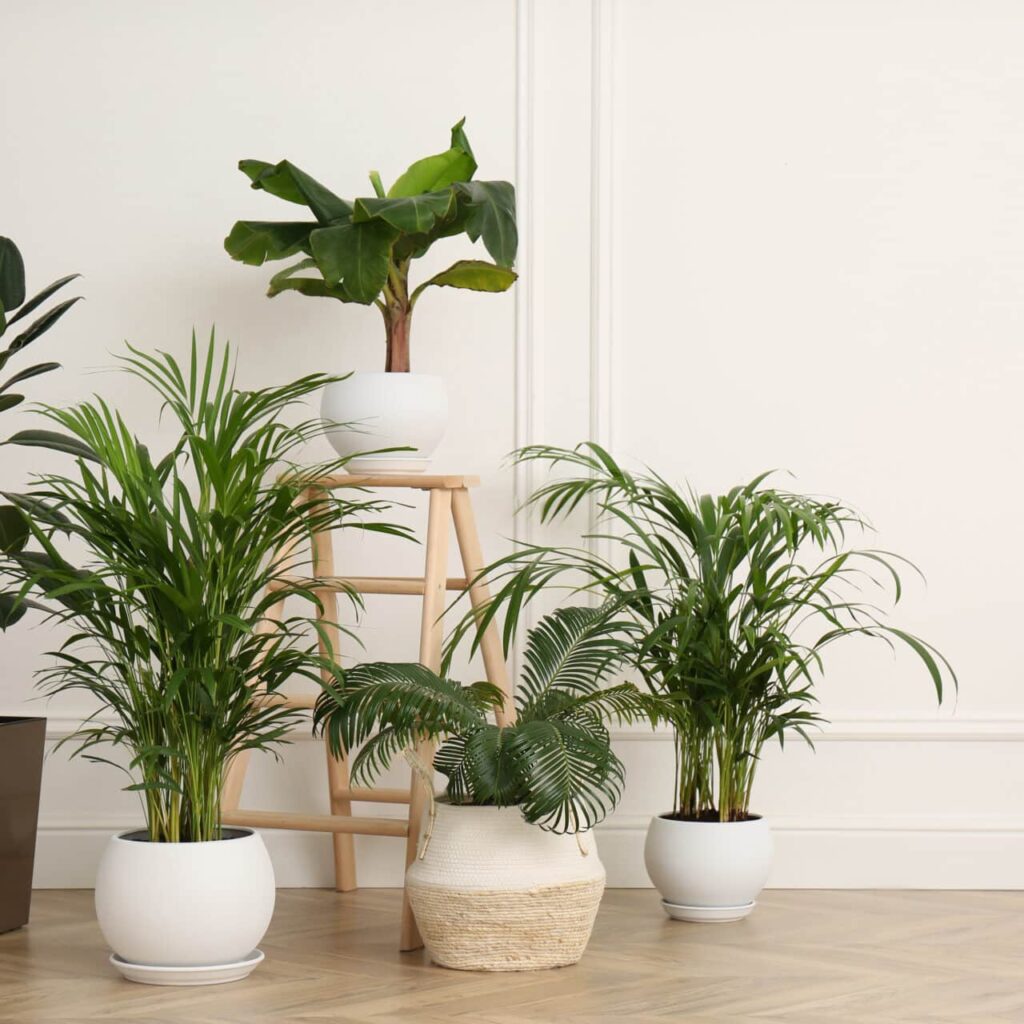
Why it’s great: With glossy, dark green leaves, the rubber plant adds a dramatic, modern touch while efficiently cleaning indoor air.
- Light: Bright, indirect light.
- Water: Weekly; allow soil to dry slightly between waterings.
- Bonus: Great for filtering toxins like formaldehyde.
8. ZZ Plant (Zamioculcas zamiifolia)
Why it’s great: Practically indestructible, ZZ plants are ideal for dark rooms and neglectful owners.
- Light: Low to bright, indirect light.
- Water: Every 2–3 weeks.
- Bonus: Absorbs toxins and emits oxygen continuously.
9. Boston Fern (Nephrolepis exaltata)
Why it’s great: A lush and bushy plant, Boston ferns are excellent at increasing humidity and removing indoor air pollutants.
- Light: Indirect light with high humidity.
- Water: Keep soil consistently moist.
- Bonus: Filters formaldehyde and improves overall air quality.
10. Chinese Evergreen (Aglaonema)
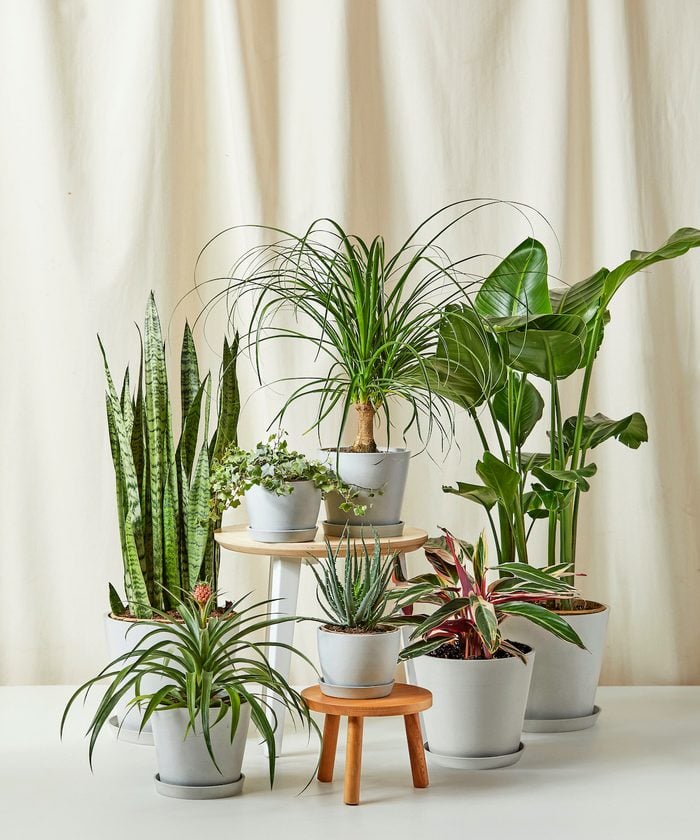
Why it’s great: Known for its colorful foliage and forgiving nature, it thrives in low-light areas and poor air conditions.
- Light: Low to medium light.
- Water: Water when top 2 inches of soil are dry.
- Bonus: Removes toxins like benzene and formaldehyde.
Tips for Maintaining Indoor Air-Purifying Plants
To get the best results from these beautiful air-cleaning plants, consider the following maintenance tips:
- Don’t Overwater: Most indoor plants suffer more from overwatering than underwatering.
- Rotate Regularly: Rotate your plants every few weeks to ensure even growth.
- Dust the Leaves: Clean leaves gently with a damp cloth to improve air-cleaning efficiency.
- Use Well-Draining Soil: Prevent root rot by using appropriate potting mixes.
- Monitor Light Levels: Place plants according to their light needs for optimal growth.
- Repot When Needed: Upgrade the pot size as the plant grows to prevent overcrowding.
Final Thoughts
Adding easy-to-grow, air-purifying plants to your home is one of the most effective ways to promote a healthier and more beautiful living environment. Whether you have a sunny window or a dark corner, there’s a perfect plant for your space. These green wonders don’t just filter toxins—they bring peace, color, and life into your home.
If you’re looking to start your indoor garden, begin with the snake plant or pothos for a foolproof experience. Gradually introduce more varieties to create a living, breathing sanctuary that improves your air and elevates your décor effortlessly.
Start small, grow green, and let nature purify your space—one plant at a time.

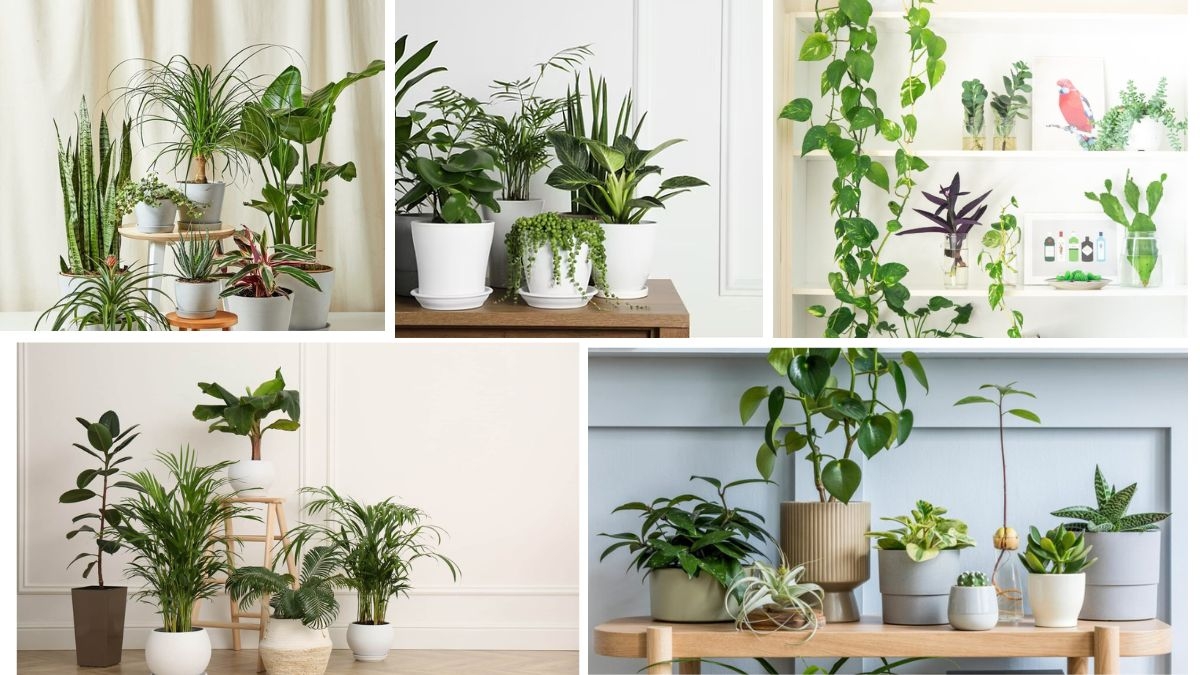



Leave A Comment